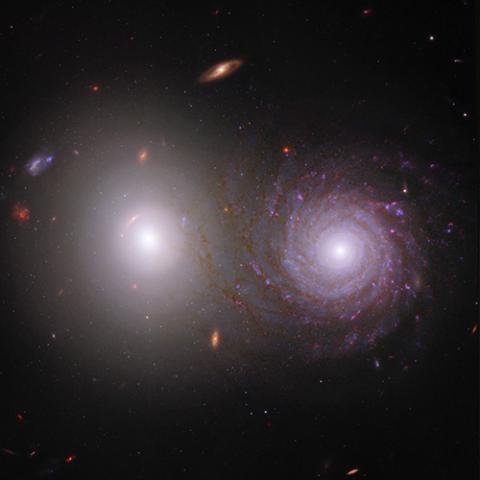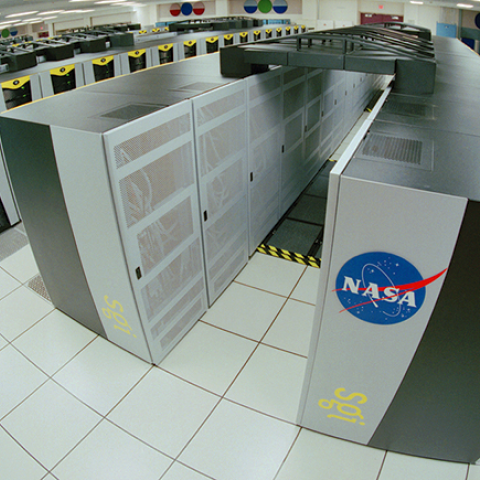Data Repositories by Discipline
The five scientific divisions of NASA's Science Mission Directorate (SMD) maintain repositories of data that are open for anyone to access.
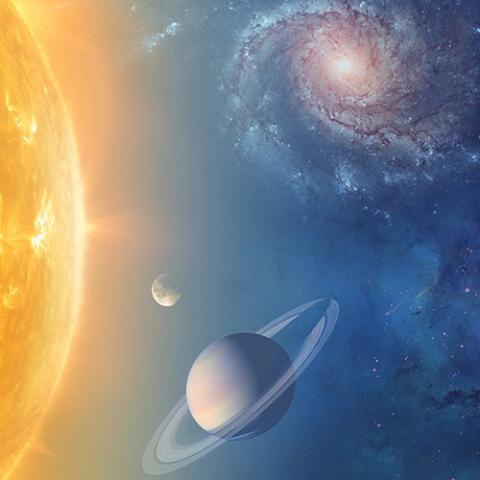
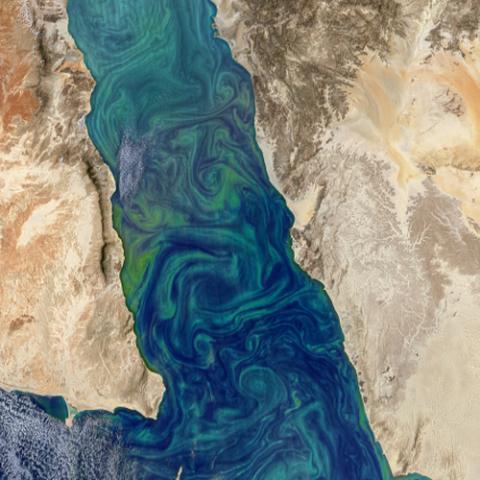
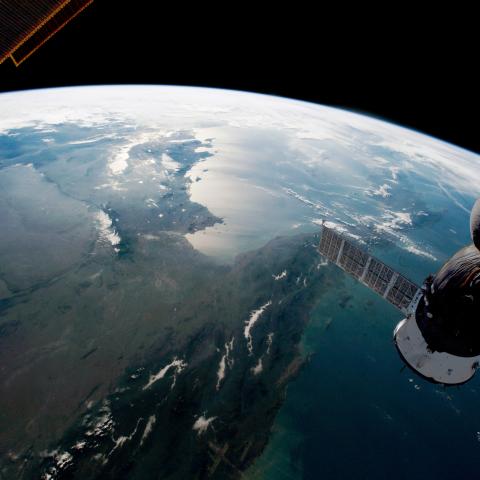

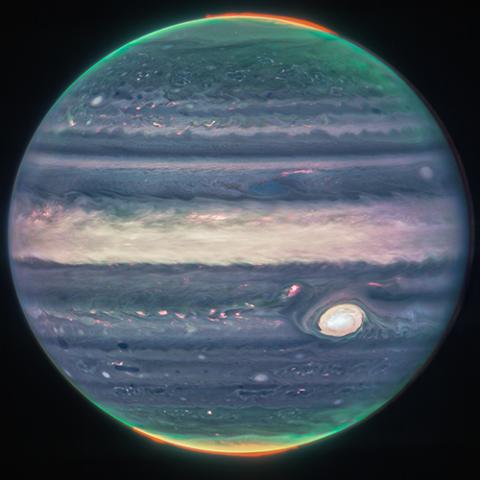
Interdisciplinary Data Sites
Other resources for finding and using NASA science data that are not run by a single scientific division.
Astronomy and Geodesy
Explore science data relating to astronomy and geodesy, the study of Earth’s characteristics and position in space.
Citizen Science
Learn how volunteers around the world can help NASA make scientific discoveries, no citizenship required.
High-End Computing
NASA-sponsored scientists and engineers can access computing time on the agency’s advanced supercomputers.
Opacities
Access exoplanet opacity data to study the atmospheres of distant planets.
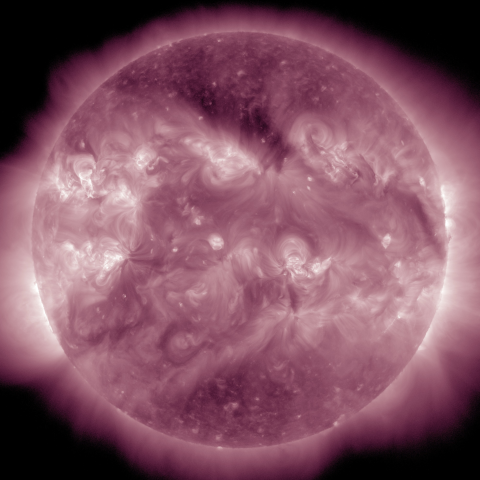
PEGASUS Stellar Spectra
Generate complete stellar spectra, including the extreme ultraviolet portion, with the PEGASUS web tool.
News and Events
This workshop unites data officers, producers, and stewards from across NASA's Science Mission Directorate to find solutions for NASA science data repositories.
NASA's Center for Near-Earth Object Studies (CNEOS) calculates and distributes measurements about near-Earth objects, including potentially hazardous asteroids.
The Barbara A. Mikulski Archive for Space Telescopes (MAST) hosts astronomical data for over a dozen missions, including NASA’s flagship space telescopes.
Search for NASA Science Data
NASA’s Science Mission Directorate (SMD) provides web tools to search across all of NASA’s science data, publications, software, and resources.
Science Discovery Engine
An integrated search platform to help you find what you need across NASA’s vast stores of open science data, documentation, code, and tools.
Science Explorer (SciX)
A digital library portal for scientific publications and software related to astronomy, Earth science, heliophysics, physics, and planetary science.
